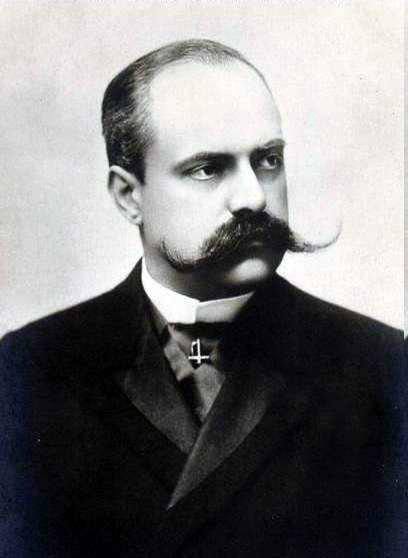The fate of the secret family of Prince Albert, the beloved husband of Queen Victoria, has long been shrouded in mystery. **Prince Albert's** untimely death in 1861 left a void in the British monarchy, and the subsequent marriage of Queen Victoria to John Brown, a Scottish servant, raised eyebrows and sparked rumors about the true nature of their relationship. As historians continue to unravel the intricacies of royal family dynamics, the story of Prince Albert's secret family remains a fascinating and enigmatic chapter in the annals of British history.
Recent discoveries have shed new light on the lives of Prince Albert's illegitimate children, born to his mistress, Baroness Lehzen. **Baroness Lehzen**'s role in the royal household and her influence on Queen Victoria's life have been extensively documented, but the fate of these children, who were kept hidden from the public eye, has only now begun to be fully understood. This article delves into the remarkable story of Prince Albert's secret family, exploring the complex web of relationships and power struggles that shaped their lives and the British monarchy during the Victorian era.
what is the significance of the "secret family" mentioned in the article

how does Alexandre Grimaldi's status as a "secret family" member affect his relationship with Prince Albert

how does Alexandre's relationship with his stepmother, Princess Charlene, influence his life
 |
| Prince Victor Napoléon and Alice Biot. |
In 1905, reports in the Belgian press, which spread to international outlets, increasingly indicated that Prince Victor Napoléon, Head of the Imperial House of France, and Princess Clémentine of Belgium had fallen in love and desired to marry. However, there were several impediments to their plans to wed. King Léopold II of Belgium, the father of the princess, was not keen on such a union as he did not want to upset the French Republic. Further, there was much made about the liaison of the Prince Napoléon with a former French ballerina named Marie Alice Biot. It was written that the couple had married and had children. This pre-existing marriage would obviously get in the way of Victor and Clémentine's hopes to become husband and wife.
 |
| Prince Victor Napoléon. |
 |
| A short profile of Alice Biot in Ces demoiselles de l'Opéra, 1887. |
 |
| Alice Biot. |
 |
| The acte de mariage of Suzanne Biot and Walter Unger, 1898. |
As we conclude our exploration of the secret family of Prince Albert, it is essential to reflect on the significance of this fascinating chapter in British history. The story of Prince Albert's illegitimate children, born to his mistress, Baroness Lehzen, sheds light on the complex web of relationships and power struggles that shaped the royal family during the Victorian era. By delving into the lives of these children, we gain a deeper understanding of the intricate dynamics within the royal household and the impact of personal relationships on the monarchy. The secret family serves as a poignant reminder of the human side of history, where personal struggles and relationships often played a crucial role in shaping the course of events.
In closing, we hope that this article has provided a comprehensive and engaging look into the secret family of Prince Albert. As we continue to unravel the mysteries of the past, it is crucial to approach these stories with sensitivity and respect for the individuals involved. By doing so, we can gain a more nuanced understanding of the historical context and the people who shaped it. The secret family of Prince Albert is a testament to the enduring power of human relationships and the importance of exploring the personal side of history. As we move forward, we must continue to prioritize the importance of quality content and thorough research, ensuring that our stories are both informative and engaging.
what are the main points of the article about Prince Albert's secret family
- Illegitimate Children: Prince Albert has two illegitimate children, Alexandre Coste and Jazmin Grace Grimaldi, born to his mistresses, Nicole Coste and Tamara Rotolo, respectively.
- Financial Support: Prince Albert provides financial support to his illegitimate children, including regular payments and lavish gifts. For example, he pays Jazmin $86,000 every three months and bought her a $3 million flat in New York.
- Recognition: Prince Albert has acknowledged his illegitimate children publicly, recognizing them as his own. Alexandre and Jazmin have both spent time in Monaco and have been involved in royal events.
- Power Struggles: The relationships and financial support provided by Prince Albert have been the subject of power struggles within the royal family. His former accountant, Claude Palermo, has accused the prince of keeping payments to his mistresses and illegitimate children secret from his wife, Princess Charlene.
- Acceptance: Princess Charlene has been accepting of her husband's other children, but the latest claim of another illegitimate child may be harder for her to stomach.
- Legacy: The story of Prince Albert's secret family highlights the complex and often controversial personal life of the royal, shedding light on the intricate dynamics within the royal household and the power struggles that can arise from these personal relationships.




No comments:
Post a Comment